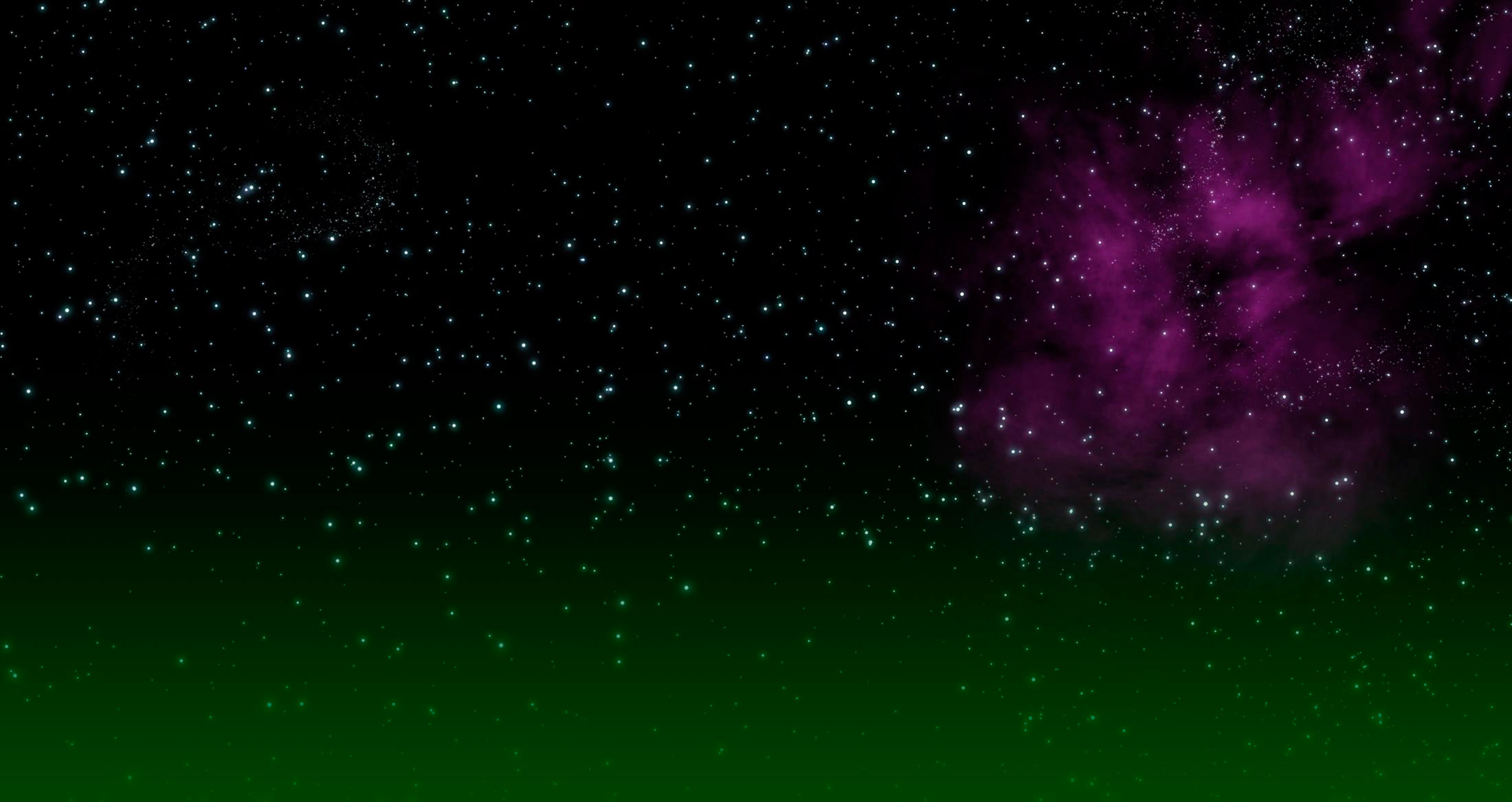Someone emailed me to ask whether mead was what got Edgar Allan Poe and Vincent Van Gogh so loopy and so creative. You are confusing mead with absinthe, gentle reader. Mead merely tastes sort of bad but sort of musky, kind of like some oral sex. Absinthe, on the other hand, gives you the expectation of brilliance and innovation to emanate from all your pores when really it just gets you amazingly plastered.
Absinthe (from the French) is an alcohol liqueur derived from herbs including the flowers and leaves of wormwood, Artemisia absinthium.
Absinthe is known for its popularity in France—and especially its romantic associations with Parisian artists and writers—in the late 19th and early 20th centuries, until its prohibition in 1915. The most popular brand of absinthe known to the world was Pernod Fils.
Absinthe usually has a pale-green color (giving it its nick name “The Green Fairy”) and tastes much like an anise-flavored liqueur, but with a more subtle flavor due to the many herbs used, and light bitter undertones. In addition to wormwood, it contains anise (often partially substituted with star anise), Florence fennel, hyssop, melissa, and Roman wormwood (Artemisia pontica). Various recipes also include angelica root, sweet flag, dittany leaves, coriander, and other mountain herbs.
A simple maceration of wormwood without distillation produces an extremely bitter drink, due to the presence of the water-soluble absinthine, one of the most bitter substances known. Authentic recipes call for distillation after the primary maceration and before the secondary or “colouring” maceration. The distillation of wormwood, anise, and florence fennel first produces a colorless “alcoholate”, and to this the well-known green color of the beverage is imparted by steeping with the leaves of roman wormwood, hyssop, and melissa.
Inferior varieties are made by means of essences or oils cold-mixed in alcohol, the distillation process being omitted.
The alcohol content is extremely high (45%-90%), given the low solubility of many of the herbal components in alcohol. It is usually not drunk “straight”, but consumed after a fairly elaborate ritual in which an absinthe spoon with a sugar cube is placed over a glass, and water is poured over the sugar until the drink is diluted 3:1 to 5:1. During that ritual, the components that are not soluble in water come out of solution and cloud the drink; that milky opalescence has always been called the “louche”.
Historically, there were four varieties of absinthe: ordinaire, demi-fine, fine, and supérieures or Swiss, the latter of which was of a higher alcoholic strength than the former. It can be colored green (which is done to add flavors) or left clear. The best absinthes contain 65 to 75% alcohol. It is said to improve very materially by storage. It is known that in the 19th century absinthe, like much food and drink of the time, was occasionally adulterated by profiteers with copper, zinc, indigo, or other dye-stuffs to impart the green color, but this was never done by the best distilleries.
It was thought that excessive absinthe-drinking led to effects which were specifically worse than those associated with over-indulgence in other forms of alcohol — which is bound to have been true for some of the less scrupulously adulterated products –, creating the condition absinthisme. Undistilled wormwood essential oil contains a substance called thujone, which is an epileptic in extremely high doses, and the supposed ill effects of the drink were blamed on that substance in 19th century studies.
More recent studies have shown that very little of the thujone present in absinthe actually makes it into a properly distilled absinthe, even one recreated using historical recipes and methods, so much so that a recent French distiller has had to add pure wormwood essential oil to make a “high-thujone” variant of his product to cater for a different market. It can remain in higher amounts in oils produced by other methods than distillation, or when wormwood is macerated and the macerate not distilled, especially when the plant stems are used, where thujone content is the highest.
The non-French spelling of “Absinth” has been adopted for wormwood-based drinks produced in Central Europe (since the beginning of the 1990s). These products bear very little resemblance to absinthe (with an ‘e’): they are usually bitter and contain little anise, but are marketed to ride the coat-tails of the historical French product’s romantic associations and psycho-active reputation.
Typically, the low herbal content of these drinks means that they do not “louche”. As thujone is still associated with the myth of absinthe as a psycho-active drink, many of them are touted to have “higher thujone content”. A separate, more dramatic, “fire” ritual was invented for those drinks by a Czech manufacturer, in which the sugar cube is drenched in absinth then set on fire, and less water is added (presumably to maximize the very real psycho-active effects of the alcohol). (via Wikipedia)
No tags for this post.












